1. Where the Earth’s Water Truly Originated
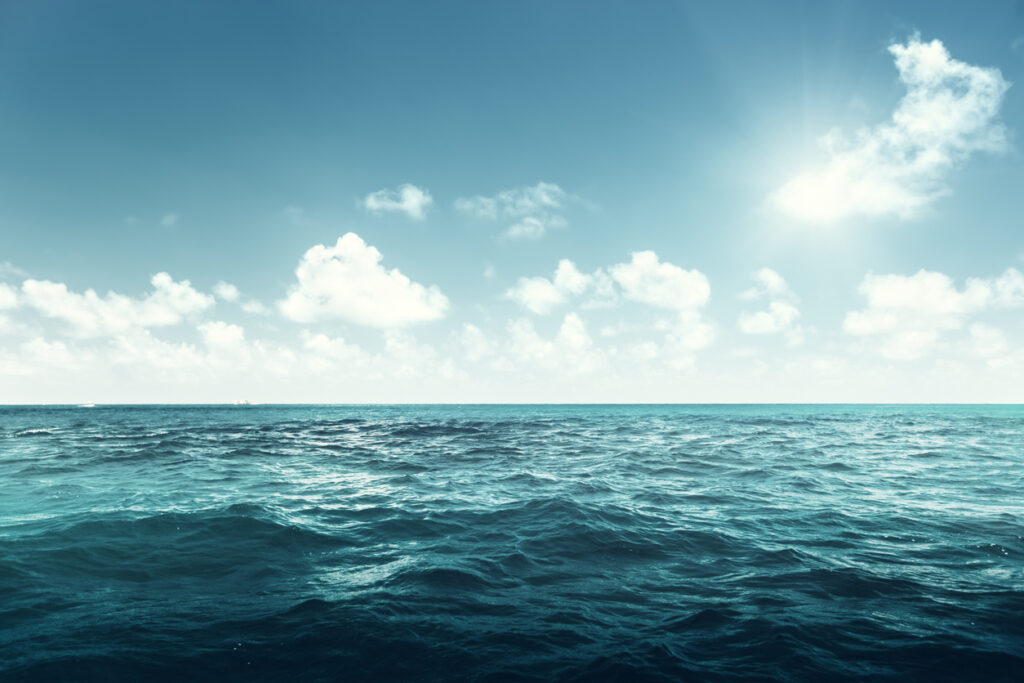
The precise source of the colossal volume of water that fills our oceans remains a significant geological debate. While the leading theory suggests water was delivered by comets and asteroids impacting the young Earth, analyzing the isotopic composition of ocean water doesn’t perfectly match the water found in many space rocks. This discrepancy implies that another, possibly multiple, sources contributed to the massive global ocean, perhaps deep within the Earth’s mantle, which adds a complex layer to our understanding of planetary formation.
2. The Great Ocean Garbage Patch Disappearance
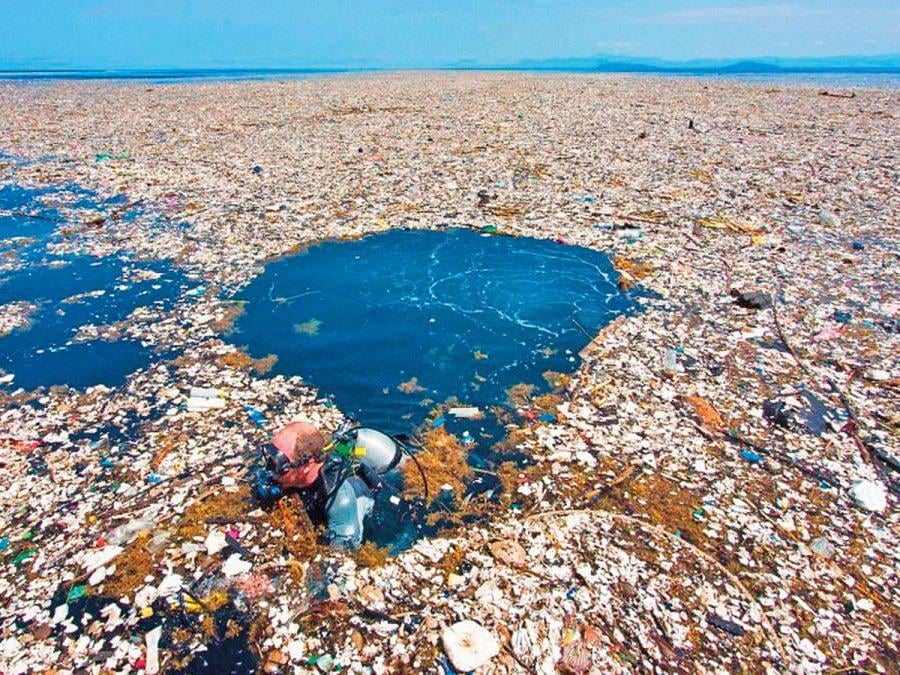
Scientists are certain that millions of tons of plastic enter the ocean every year, yet measurements of the Great Pacific Garbage Patch and other surface patches do not account for all of it. A vast amount of this plastic “missing” mass, particularly microplastics, is unaccounted for. Theories suggest it could be sinking to the deep-sea floor, being consumed by deep-sea organisms, or dispersing in ways not currently trackable by surface monitoring, making it difficult to assess the full environmental risk.
3. The Enigmatic Bioluminescence Purpose
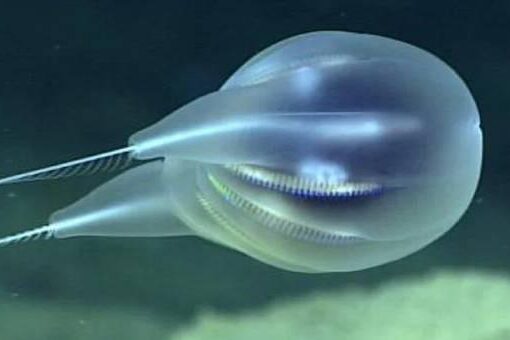
In the deep sea, where sunlight cannot reach, an estimated 80% of creatures are bioluminescent, meaning they can produce their own light. Scientists are still struggling to decipher the full “language of light” used by these organisms. While some uses are clear, like attracting prey or finding a mate, many specific light patterns and flashes observed remain unexplained, suggesting a complex form of communication or defense mechanism that has yet to be fully understood by human observers.
4. Why Whales Strand Themselves Collectively

Mass strandings, where groups of whales or dolphins swim ashore together and die, occur worldwide, and the definitive cause is still a complete mystery. Theories range from disorientation due to loud underwater noise pollution, such as military sonar, to illness or navigational errors caused by disruptions in the Earth’s magnetic field. The social nature of these animals means one sick or confused individual can lead an entire pod to disaster, but the initial trigger is often elusive.
5. What Causes the Eerie Upsweep Sound

The ocean is full of unexplained sounds, but one of the most prominent is the “Upsweep,” first recorded in 1991 by the US National Oceanic and Atmospheric Administration (NOAA) in the Pacific. It is a long, continuous sequence of rising frequency sounds that continues to be detected globally. While it has been speculated to be volcanic in origin, the seasonal variation in its volume and its widespread nature have prevented scientists from pinpointing a specific source, leaving its origin an enduring sonic puzzle.
6. The Nature of the Milky Sea Phenomenon
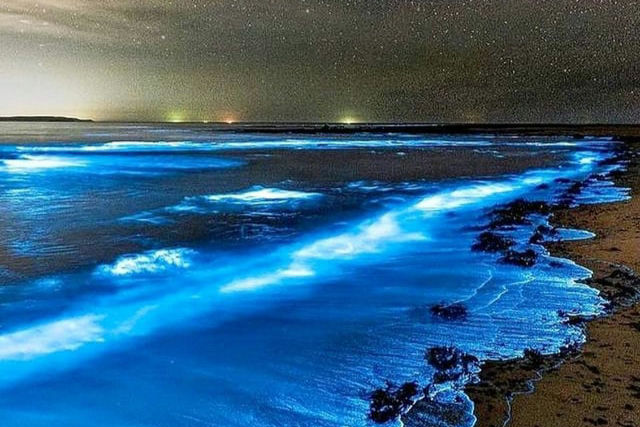
For centuries, sailors have reported encountering vast areas of the ocean that glow with a uniform, soft, milky-white light, sometimes stretching for hundreds of square miles. Known as the “Milky Sea” or Mareel, this phenomenon is now known to be a mass bioluminescence event, likely caused by a massive bloom of a bacterium called Vibrio harveyi. However, the precise environmental conditions and mechanism that cause the bacteria to simultaneously light up across such enormous, consistent areas remains a scientific question.
7. The Origin of the Yonaguni Monument

Off the coast of Yonaguni Island, Japan, lies a massive underwater rock formation resembling a stepped pyramid or ancient structure, complete with sharp angles and terraces. Some geologists argue it is a purely natural formation sculpted by tectonic shifts and erosion. However, its remarkably uniform features, including what appears to be distinct right angles, lead other researchers to suggest it may be a human-made structure from a lost civilization, a debate that continues to divide the scientific community.
8. Unmapped Abyssal Plains and Seamounts
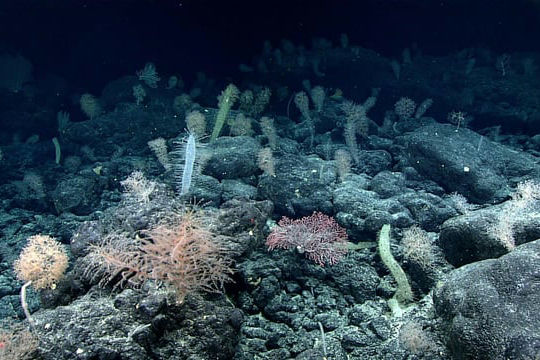
Despite decades of advanced mapping, over 80% of the world’s ocean floor remains unmapped to the same level of detail as the surface of the Moon or Mars. The abyssal plains and countless seamounts, underwater mountains, are still largely a mystery. This lack of data means scientists are missing crucial information about tectonic activity, deep-sea ecosystems, and the location of significant mineral resources, all of which are vital for understanding the planet’s geology and biology.
9. How Deep-Sea Brine Pools Form
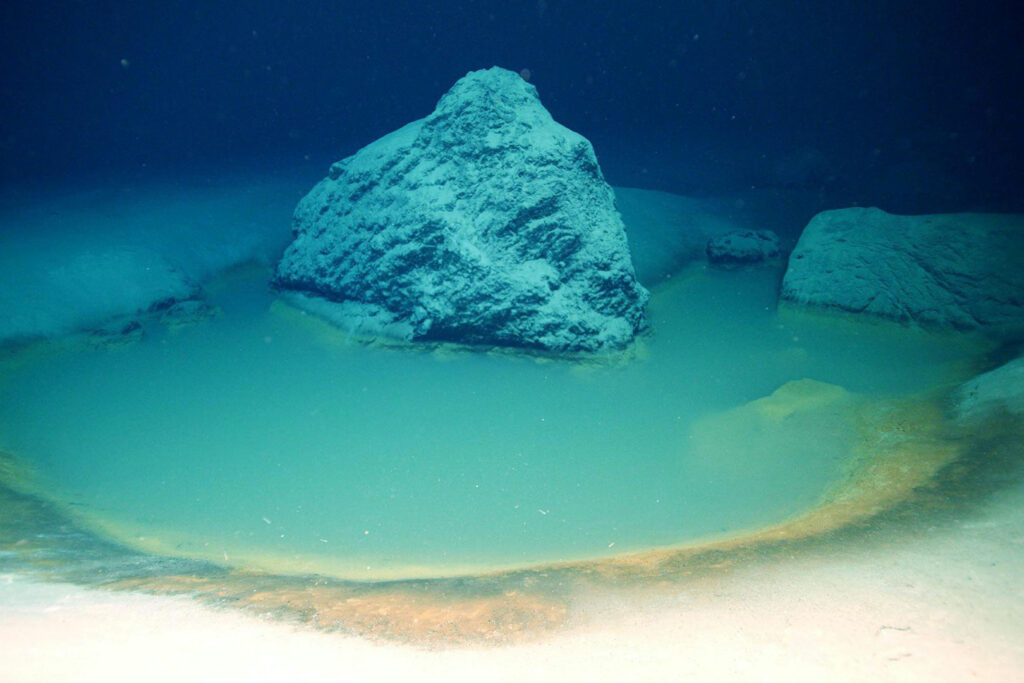
Brine pools are hypersaline (extremely salty) water bodies that form on the deep-sea floor, often called “underwater lakes.” The water within them is so dense and salty that it does not mix with the surrounding seawater, creating a visible surface and often toxic environments. While some are known to form from subsurface salt deposits leaking through the seafloor, the exact geological processes, chemical makeup, and the complete inventory of unique extremophile life that manages to thrive around them is still being uncovered.
10. The Extent of Deep Ocean Mixing
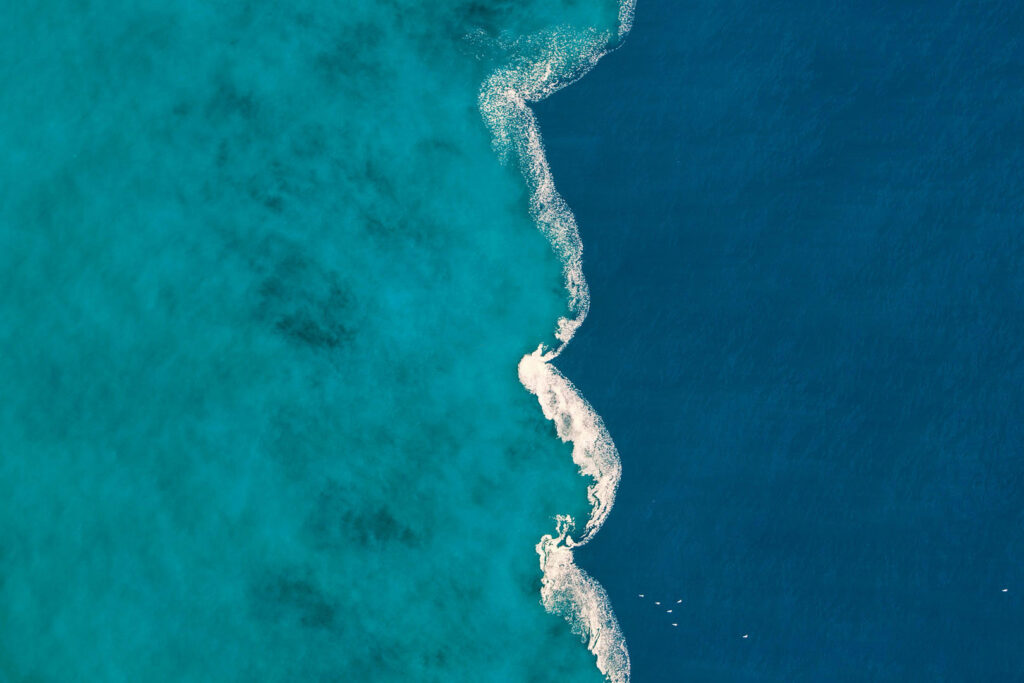
The process of how deep, cold ocean water mixes with warmer, shallower water is fundamental to global climate and ocean current circulation. This mixing is largely driven by turbulence, often caused by currents interacting with undersea topography. Scientists do not have a complete model for this process; subtle shifts in deep ocean mixing can significantly impact the global transport of heat and carbon dioxide, and small-scale, localized turbulence remains very difficult to measure on a global scale.
11. The Bermuda Triangle’s True Anomaly
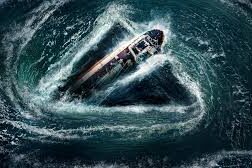
The area in the western North Atlantic Ocean bounded roughly by Bermuda, Puerto Rico, and Miami has long been associated with the mysterious disappearance of ships and aircraft. While many scientists dismiss the area as having no more disappearances than any other high-traffic ocean region, the historical reports of compass malfunctions, sudden changes in weather, and unexplained wreckage still fuel speculation. The possibility of underwater methane gas eruptions or unique magnetic anomalies remains an unproven, yet compelling, line of inquiry for the public imagination.
12. The Cause of the Indian Ocean Geoid Low

Geophysicists have noted a gravitational anomaly in the Indian Ocean known as the “Indian Ocean Geoid Low” (IOGL), where the sea level is up to 106 meters lower than the global average, due to a lower gravitational pull. The phenomenon is likely caused by an unusually low density of material in the Earth’s mantle deep beneath the ocean floor. However, the exact combination of geological forces and historical tectonic movements that created this vast, multi-million-year-old ‘gravity sink’ is a matter of ongoing computer modeling and scientific debate.
13. How the Octopus Nursery Was Maintained
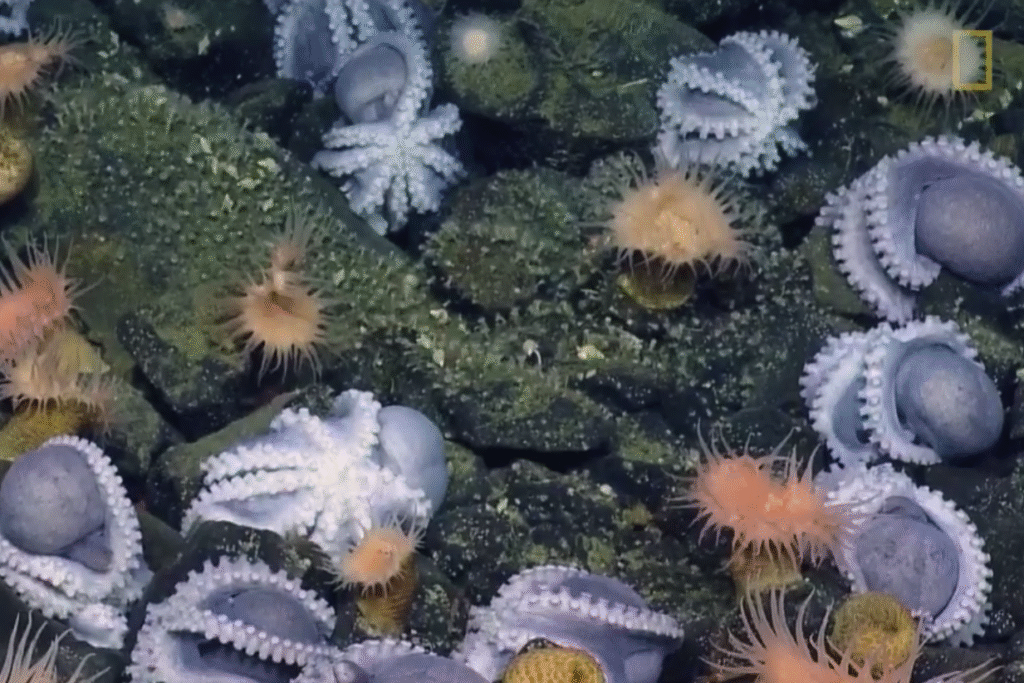
In 2018, scientists discovered a massive “octopus garden” or nursery on a seamount off the coast of Central California, where thousands of female deep-sea octopuses were found brooding their eggs. The remarkable discovery was the high heat of the water, believed to accelerate the brooding process. The question remains how such a vast, warm-water environment, seemingly sustained by localized hydrothermal venting, managed to develop and sustain this massive, synchronized breeding ground. This suggests a vital, unknown ecological link between deep-sea geology and life cycles.
14. Unidentified Colossal and Giant Squid Life Cycles

While both the giant squid (Architeuthis dux) and the even larger colossal squid (Mesonychoteuthis hamiltoni) are known to exist through rare sightings and specimens, almost nothing is known about their full lives in the wild. Their natural habitat, mating rituals, population size, and exact lifespan remain elusive. The creatures inhabit extreme depths and have never been observed in their natural state for any extended period, leaving a huge gap in the knowledge of the ocean’s largest invertebrates.
15. The Deep Sea’s Food Web Structure
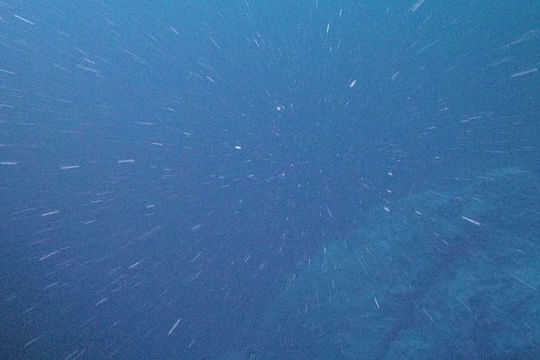
The deep ocean is largely cut off from the photosynthesis-driven food web of the surface. Life here relies primarily on “marine snow”, dead organic material sinking from above, or chemosynthesis around hydrothermal vents. Scientists are still unable to fully map the complex web of predator-prey relationships and the total biomass flow in this environment. Understanding how nutrients are efficiently transferred through the massive, three-dimensional deep-sea volume is crucial to assessing the ocean’s health as a whole.
16. The Full Impact of Tsunami-Generating Landslides

While most tsunamis are caused by underwater earthquakes, some of the most destructive are triggered by massive, sudden underwater landslides. Scientists know this is a significant risk, particularly off the coast of tectonically active areas or near large volcanoes like the Canary Islands. However, predicting which deep-sea slopes are unstable, when they might collapse, and the exact magnitude of the resulting waves remains one of the most critical and complex challenges in deep-sea hazard forecasting.
17. The Missing Plankton Diversity Data
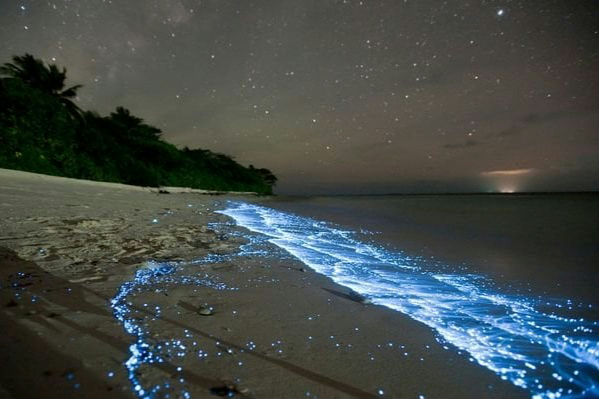
Phytoplankton, microscopic plants, form the base of the entire marine food web and produce a large portion of the Earth’s oxygen. Despite their critical importance, scientists have not yet cataloged the full diversity of plankton species. The vast number of different types and their complex, interdependent roles in regulating ocean chemistry and the carbon cycle mean that our current climate and biological models are based on incomplete information about the ocean’s true engine room.
18. Why the Oceans Became Salty

The ocean is famously salty, but the exact process that led to its current, stable level of salinity remains a puzzle. The salt primarily comes from the erosion of land rocks, which is carried by rivers to the sea, and from deep-sea hydrothermal vents. The question is how the balance of salt input (from rivers/vents) and salt removal (via evaporation or incorporation into rocks/sediment) achieved its current equilibrium over billions of years. This balance is fundamental to marine life, yet its geological history is not completely settled.
The secrets held within the blue are not just fascinating footnotes; they are fundamental pieces of the puzzle that is our planet. From the colossal forces that shape the seabed to the light emitted by the smallest deep-sea creature, the ocean continues to offer more questions than answers. The ongoing quest to explore these mysteries reminds us that Earth’s last great frontier is a dynamic, living world full of wonder, waiting just beneath the waves.
Like this story? Add your thoughts in the comments, thank you.
This story 18 Great Mysteries of the Ocean Science Hasn’t Solved was first published on Daily FETCH


